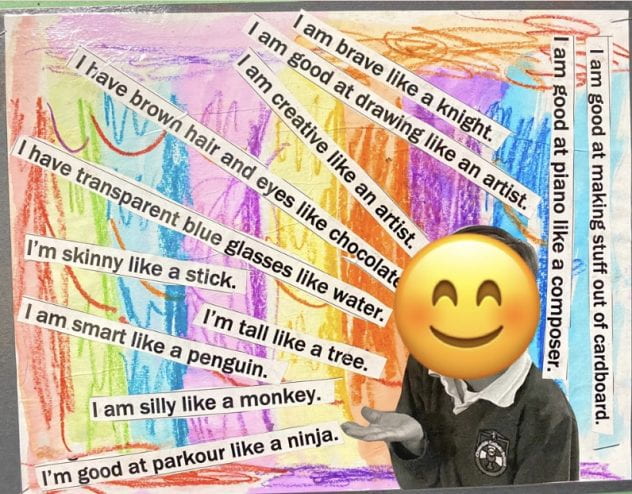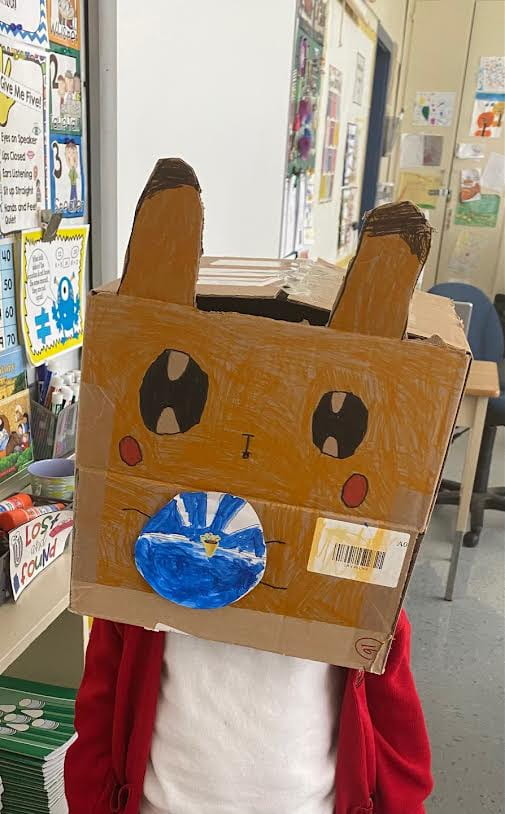
An Imaginative Approach to Teaching Literacy in the Primary Classroom – imaginED
 Judith Ameresekere (MEd in Imaginative Education, lover of literacy, and Principal Educator)
Judith Ameresekere (MEd in Imaginative Education, lover of literacy, and Principal Educator)
Training quality two pupils how to produce perfectly is no stroll in the park. Ordinarily, in a given calendar year, I have a several college students who unquestionably love writing and are skilled at working with their creativity in their composing. However, a huge bulk of my learners discover composing to be a challenging process. I had one particular particular college student who would go to the lengths of hiding in the washroom when it was time for journals or a writing exercise.
For the average key-age college student, writing entails the laborous endeavor of making thoughts, making an attempt to seem out text, striving to try to remember the accurate conventions, and being told to increase far more particulars. In the earlier, I have unquestionably been overwhelmed by not understanding exactly where to get started. Whilst I have read through well-liked textbooks on the subject matter and have tried different instructional procedures, I struggled to have interaction my hesitant writers.
Discovering Lev Vygotsky’s (1896-1934) theories of growth and the theory of Imaginative Education impressed me to delve deep into an eleven-week Action Investigation challenge making use of a Cognitive Equipment tactic to producing instruction. At the quite commencing of my exploration, I uncovered via surveys and aim team interviews that my students’ best barrier was not understanding what to produce about and how tough it was for them to produce strategies. Though I had some doubts at this point, I knew that spelling and conventions had to just take a back again seat and that I had to guide with the imagination!

All through the future handful of months, I supplied my pupils lessons that have been abundant in Cognitive Equipment. Specially, I concentrated on the Mythic Comprehension toolkit and made lessons and routines that provided rhyme and rhythm, metaphor, psychological imagery, and story. I identified that my pupils significantly loved using the Cognitive Resource of humour in their crafting. In addition, I provided my learners the chance to acquire information about a variety of subject areas simply because “accumulating knowledge [is] required for engaging the imagination” (Egan, 2017, p. 37). In other text, when a college student has deep expertise about a specific subject, they are equipped to compose imaginatively about it and appreciate the method.
Inspired by Lev Vygotsky’s theories of advancement, I additional an component of playfulness into my creating classes. 1 of my students’ favorite lessons was the possibility to construct creations out of vacant cardboard containers inspired by the e book Not a Box by Antoinette Portis. Normally, I would have hardly ever associated a STEM activity with producing. Nevertheless, I uncovered that the exact same creative capacities that small children use in perform-based eventualities translate into students’ crafting techniques.

My very own mind-set towards teaching composing shifted, and I acknowledged the significant role I engage in as the teacher to mediate distinct skills for my college students and scaffold their learning experiences. For illustration, I explicitly modelled new techniques, furnished small team assistance, and provided college students phrase financial institutions and sentence starters. Course conversations and group discussions allowed pupils to vocalize and share suggestions prior to composing. These tools and procedures allowed students to aim additional on establishing their concepts.
Above time, my students grew in confidence and started to take pleasure in the procedure of producing.
I believe that that the studying possibilities I offered through my Action Investigation project invigorated a optimistic angle to crafting in my students. Around time, my pupils grew in confidence and began to delight in the course of action of creating. College students had been no more time bothered by the reality that they couldn’t spell each individual term properly. Over-all, my students were being additional engaged and willing to get creative threats. A single of the highlights of this job was overhearing the same college student who would hide in the washroom exclaim, “yay! It’s time for journals!”. As college students commenced having fun with the procedure of crafting, it became ever more less difficult to create their conventions and grammatical areas of composing.
Total, my pupils were far more engaged and willing to just take innovative hazards.

Observing the good result that this Motion Research undertaking had on my college students was a profoundly gratifying encounter for me. I glance forward to continuing to discover the place of literacy and producing instruction from a Cognitive Tools perspective. I uncover fantastic pleasure in knowing that this technique to creating instruction makes it possible for college students, irrespective of their competencies or capabilities, to develop in their imaginative capacities and turn out to be resourceful and self-confident writers!
References
Egan, K. (2017). Building creativity and creativeness by accumulating tons of useless information. In J. Cummings and M. Blatherwick (Eds.), Innovative dimensions of teaching and discovering in the 21st century (pp. 37-46). Sense Publishers.
Portis, A. (2006). Not a box (1st ed.) Harper Collins.

